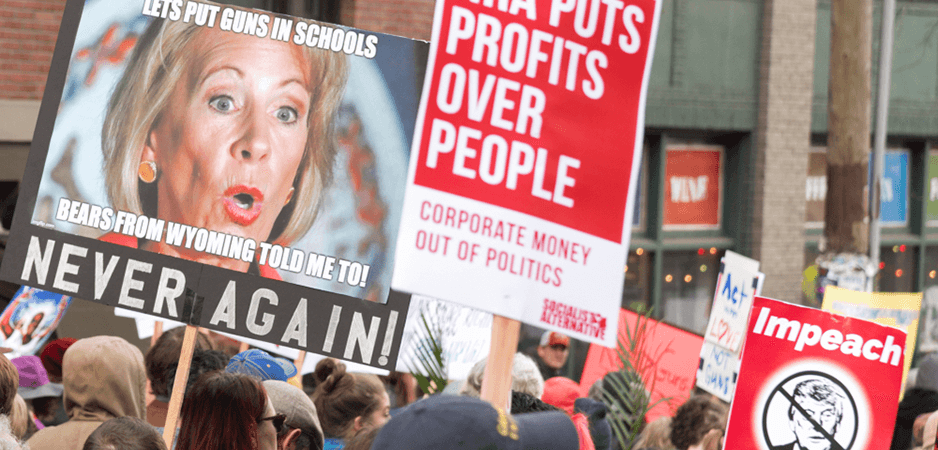***UPDATE SEA & SPS have reached a tentative agreement***
SPS and SEA Negotiations 2018 - Seattle Public Schools - http://www.seattleschools.org/district/calendars/news/what_s_new/sps_and_sea_negotiations_2018

Seattle Teachers Poised to Strike Draw Solidarity from Their Brothers and Sisters In Puerto Rico
To prepare for what we are likely to face in our struggle for a just contract, Seattle educators recently organized a panel that included a representative from the Puerto Rico Federation of Teachers.
Seattle teachers and staff have authorized a strike unless negotiations with Seattle Public Schools don’t result in a tentative contract by the first day of school, September 5. Our vote to strike is part of a unified labor action across Washington to protest the lack of adequate and equitable funding for schools and teachers in this state.
Seattle teachers are hardly alone in the struggle for fair working conditions for educators and better learning conditions for students. The wave of teacher walkouts and protests that swept through West Virginia, Oklahoma, Arizona, and other states this spring brought to the fore the need for teachers to receive competitive pay raises and improved learning resources and smaller class sizes.
To prepare for what we are likely to face in our struggle for a just contract, Seattle educators recently organized a panel that included a representative from a community of educators that’s been hit hardest by financial austerity and the privatization movement: Mercedes Martinez, president of the Puerto Rico Federation of Teachers.
These teachers have been leading courageous struggles not only for their own pay, but to defend public education and create the schools Puerto Rican students deserve.
Their fight has escalated since the devastation of Hurricane Maria brought disaster capitalists flocking to the island in an effort to profit off the island’s vulnerability.
In the aftermath of the hurricane, Julia Keleher, Puerto Rico’s secretary of education, echoed former U.S. Secretary of Education Arne Duncan’s comment that Hurricane Katrina was the best thing that ever happened to New Orleans schools. She called New Orleans a “point of reference” for the reorganization of schools in Puerto Rico into charter schools, and an “opportunity” to remake education according to a vision of outsiders.
Using what Naomi Klein calls the “shock doctrine” playbook for privatizing Continue reading: Seattle Teachers Poised to Strike Draw Solidarity from Their Brothers and Sisters In Puerto Rico - Progressive.org
Seattle teachers are hardly alone in the struggle for fair working conditions for educators and better learning conditions for students. The wave of teacher walkouts and protests that swept through West Virginia, Oklahoma, Arizona, and other states this spring brought to the fore the need for teachers to receive competitive pay raises and improved learning resources and smaller class sizes.
These teachers have been leading courageous struggles not only for their own pay, but to defend public education and create the schools Puerto Rican students deserve.
Their fight has escalated since the devastation of Hurricane Maria brought disaster capitalists flocking to the island in an effort to profit off the island’s vulnerability.
In the aftermath of the hurricane, Julia Keleher, Puerto Rico’s secretary of education, echoed former U.S. Secretary of Education Arne Duncan’s comment that Hurricane Katrina was the best thing that ever happened to New Orleans schools. She called New Orleans a “point of reference” for the reorganization of schools in Puerto Rico into charter schools, and an “opportunity” to remake education according to a vision of outsiders.
Using what Naomi Klein calls the “shock doctrine” playbook for privatizing Continue reading: Seattle Teachers Poised to Strike Draw Solidarity from Their Brothers and Sisters In Puerto Rico - Progressive.org







































